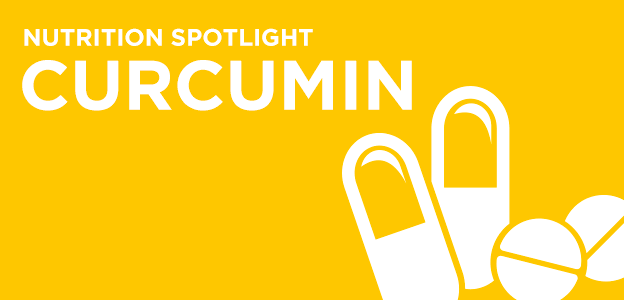Considering Curcumin

There’s been a lot of conversation out there about curcumin, the key ingredient in turmeric, and the possible role it plays in brain health and cognitive function.
Turmeric, a member of the ginger family, is known as the seasoning that gives curry powder its yellow color, but it has recently developed a reputation, thanks to intense scientific research, as an anti-inflammatory and antioxidant. Curcumin, the active compound found in turmeric, has beneficial effects for a variety of diseases and conditions. It’s curcumin that gives turmeric its anti-inflammatory and antioxidant properties.
In a recent report in the American Journal of Epidemiology, researchers investigated the association between curry consumption level and cognitive function in elderly Asians. Those who consumed curry “occasionally” and “often or very often” had significantly better scores on specific tests designed to measure cognitive function than did subjects who “never or rarely” consumed curry. The results of this study are not surprising given the strong association of Alzheimer’s and other forms of dementia with inflammation and the powerful anti-inflammatory properties of curcumin.
But the relationship of turmeric to brain health, and specifically to Alzheimer’s, goes much deeper. One of the important elements of Alzheimer’s disease is the finding of elevated amounts of amyloid protein, which may be a highly damaging protein, in the brains of Alzheimer’s sufferers. Indeed, amyloid is considered one of the hallmarks of this disease. New research published in the Journal of Neuroscience Research has shown that curcumin actually inhibits the formation of amyloid protein. So promising were these findings that the author of the study concluded that curcumin “could be a key molecule for the development of therapeutics for Alzheimer’s disease.” To be sure, much research indicates that amyloid protein in and of itself may actually be the brain’s response to inflammation or infection and thus turmeric may work its magic by acting to reduce inflammation or even viral infection.
To learn more, consider reading some of the following articles:













